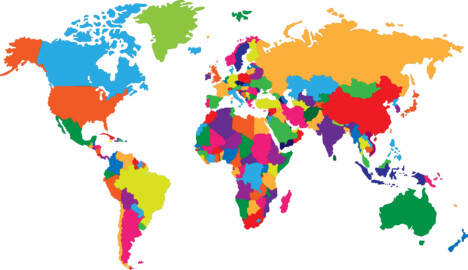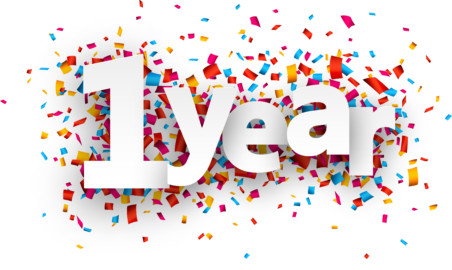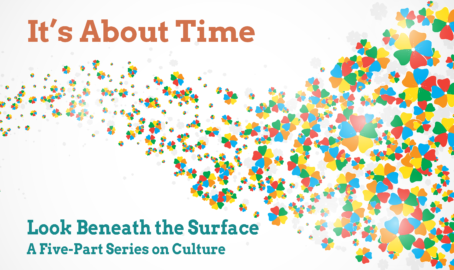Note: Since July 2019 is the month for discussion, this is the second article in a set of four.
With our month-long series, we are raising the bar on the value of community where teachers of English Learners (ELs)
can give and receive support. Check it out!
We all have a cultural heritage. It includes our race, ethnicity, native language, and a host of assumptions about life that we learn from our families. Our cultural heritage is an important part of who we are, and it helps define how we understand the world and our experiences in it.
English learners’ cultural identities often differ from that of their teachers and sometimes from many of their classroom peers. The typical U.S. school is designed around White, middle class cultural norms. As a result, there can be a mismatch between ELs’ cultural experiences at home and at school. This mismatch can contribute to lower academic achievement and feelings of not belonging.
One of the most important things teachers can do to help their ELs succeed in school is to build a bridge between students’ two cultural identities. A bridge allows students to move back and forth more easily. It also demonstrates for students that their native cultural heritage is important and valued at school. This is significant because our cultural identities cannot be left at the classroom door. They are an integral part of who we are.
The central question is…How can teachers build these bridges?
Sometimes teachers attempt bridge building by celebrating multicultural holidays (Christmas Around the World) and heroes with diverse backgrounds (Martin Luther King and Sacagawea). Schools may host Multicultural Nights where families demonstrate traditional food, clothing, or dances from their cultural background.
These can be important first steps in building cultural bridges for students, but they are not enough. They develop an awareness of multiple cultural identities, but not a deeper understanding of what it means to see the world from a variety of perspectives.
Which brings us back to the question:
How can teachers build cultural bridges for, and with, their students?
What can teachers do to demonstrate that who their students are, culturally, is important?
I’d like to hear your ideas in this new discussion forum, Building Bridges. Tell us what you do to bridge your students’ home and school identities.








